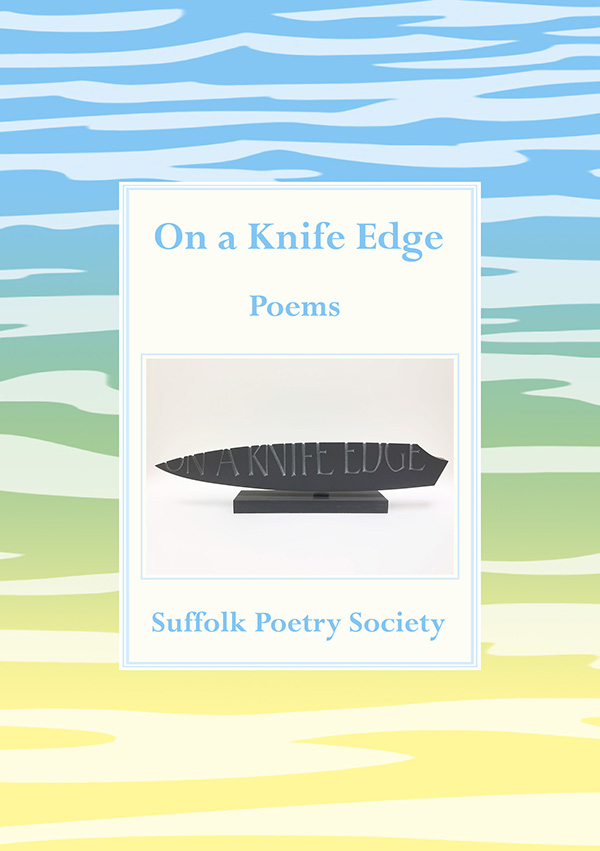
Subtitled Further Field Notes from a Small Planet, this book contains essays about nature in the form of diary entries, almost entirely written about the area of Claxton in Norfolk where the author lives. The diaries are arranged month by month, mixing up observations from different years but following the chronology of each month.
In his introduction, Cocker discusses whether his nature writing engages enough with people and quotes writers who insist that nature writing is only worthwhile nowadays if it foregrounds the human experience. While I agree that we cannot separate ourselves from nature, we are not and should not be the focus when we look at nature. Too much modern nature writing in my opinion focuses on the human to the detriment of the natural. We need more writers like Cocker, who can look closely at nature and value it for itself.
And for all that he puts nature at the centre of his writing, Cocker is not indifferent to the relationship between humans and the rest of nature. He devotes time to considering the value we give to human endeavour vs that we give to nature, in his comments about the situation in the 1980s when politicians were giving tax breaks to foresters to cover Scotland's Flow Country in conifer plantations, while ignoring that the Flow country contains the world's largest portion of valuable peat bog habitat.
He also analyses how our relationship to honeybees can be detrimental to nature's balance:
"..it is depressing that honey bees get almost all the attention.... for the incredibly important gift of pollination. In truth, those (pollination) services .... are performed by hundreds if not thousands of insect species in the UK alone. There are for example more than 250 bee species in this country."
But what Cocker is best at is his chronicling the changing seasons, his close observation and careful description of the nature he sees, for example describing the song of the wren as: "the workman trill of wrens as they hammered and drilled those invincible phrases into the enfolded gloom."
A Claxton Diary by Mark Cocker published (1919) by Jonathan Cape




















































